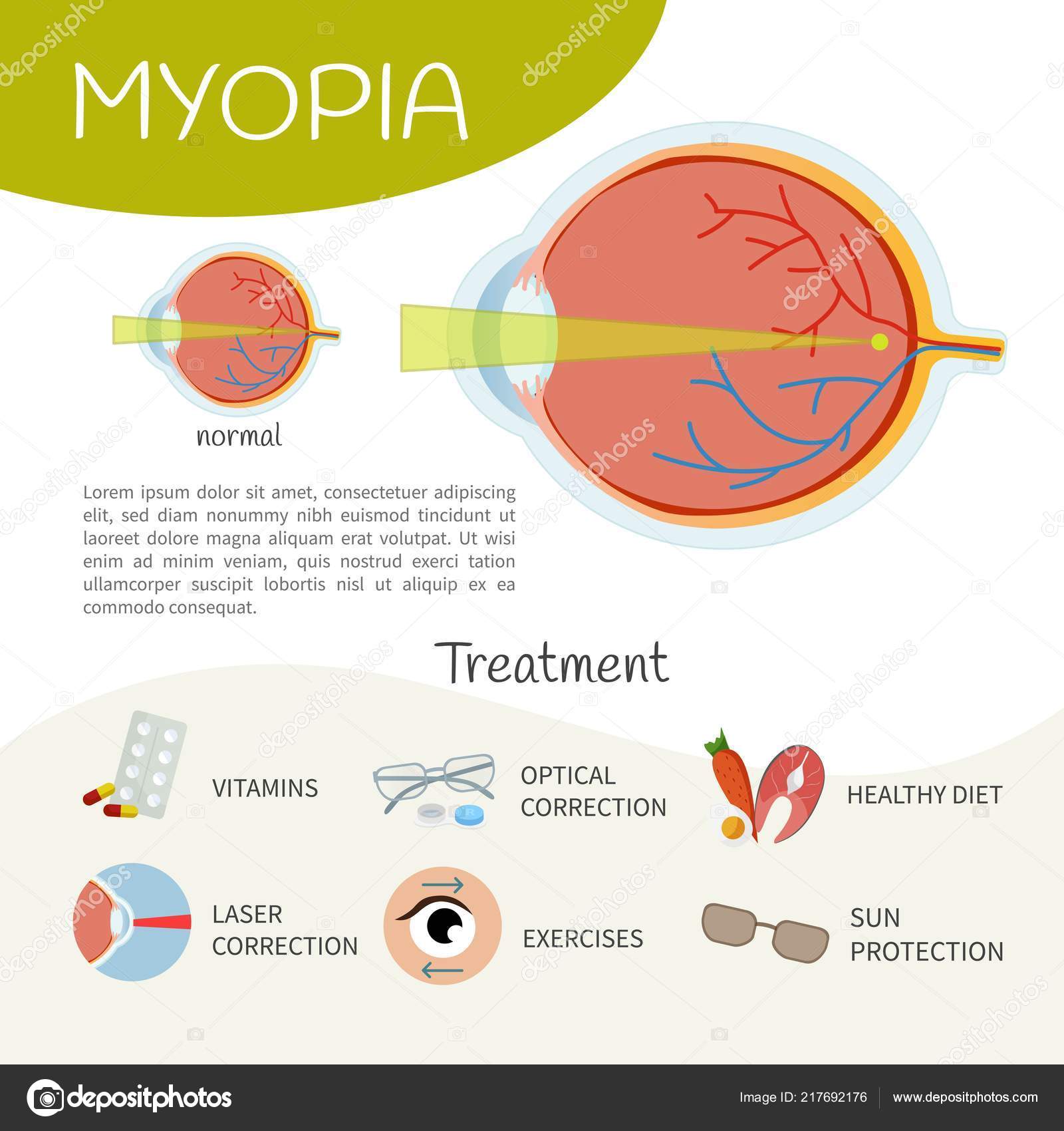What Are The Differences And Similarities In Between SMILE Eye Surgery, LASIK, And PRK?
What Are The Differences And Similarities In Between SMILE Eye Surgery, LASIK, And PRK?
Blog Article
Write-Up Created By-Fischer Osborne
If you have actually been considering SMILE eye surgical procedure, you could question exactly how it stacks up against LASIK and PRK. Each procedure has its very own collection of advantages and factors to consider. From quicker recuperation times to potential dangers, there are essential distinctions you need to be aware of before making a decision. Recognizing these distinctions will certainly help you make an educated option that aligns with your certain demands and expectations. Curious to know more regarding how these treatments compare carefully? Keep on checking out to gain a thorough understanding of SMILE, LASIK, and PRK.
SMILE Eye Surgical Procedure Summary
If you're taking into consideration SMILE eye surgery, you'll find it to be a minimally invasive procedure with a quick healing time. Throughout SMILE (Little Cut Lenticule Extraction), a laser is used to create a tiny, exact cut in the cornea to get rid of a small item of cells, improving it to correct your vision. This varies from LASIK, where a flap is developed, and PRK, where the external layer of the cornea is completely removed.
Among cataract surgery near or far vision of SMILE is its minimally invasive nature, leading to a faster recovery process and less discomfort post-surgery. https://prksurgerycost28495.ziblogs.com/26621690/revolutionary-advancements-in-glaucoma-administration-a-new-period-of-view-conservation for SMILE is fairly fast, with many people experiencing enhanced vision within a day or two. This makes it a preferred option for those looking for a practical and reliable vision correction procedure. Additionally, SMILE has been shown to have a lower threat of completely dry eye syndrome compared to LASIK, making it a favorable choice for individuals worried concerning this potential side effect.
Differences In Between SMILE, LASIK, and PRK
When comparing SMILE, LASIK, and PRK eye surgeries, it's important to recognize the distinct methods used in each procedure for vision improvement.
SMILE (Little Cut Lenticule Removal) is a minimally intrusive procedure that involves creating a little incision to draw out a lenticule from the cornea, reshaping it to remedy vision.
LASIK (Laser-Assisted In Situ Keratomileusis) includes producing a slim flap on the cornea, using a laser to improve the underlying cells, and afterwards rearranging the flap.
PRK (Photorefractive Keratectomy) gets rid of the external layer of the cornea prior to reshaping the tissue with a laser.
The main distinction depends on the means the cornea is accessed and dealt with. SMILE is flapless, making it a good alternative for individuals with thin corneas or those associated with get in touch with sporting activities. LASIK offers quick aesthetic recovery as a result of the flap production, but it may present a higher danger of flap-related difficulties. PRK, although having a longer healing duration, prevents flap-related issues entirely.
Comprehending these variances is important in picking one of the most ideal treatment for your vision correction requirements.
Advantages And Disadvantages Comparison
To assess the benefits and drawbacks of SMILE, LASIK, and PRK eye surgeries, it's necessary to think about the certain advantages and possible limitations of each procedure. SMILE surgical treatment supplies the benefit of a minimally intrusive treatment, with a smaller laceration and potentially quicker healing time contrasted to LASIK and PRK. It also lowers the threat of completely dry eye post-surgery, an usual negative effects of LASIK. Nevertheless, SMILE may have restrictions in treating greater degrees of nearsightedness or astigmatism contrasted to LASIK.
LASIK surgical procedure provides rapid aesthetic recuperation and marginal discomfort throughout the procedure. It's extremely efficient in treating a wide variety of refractive errors, including nearsightedness, hyperopia, and astigmatism. Yet, LASIK brings a threat of flap problems, which can influence the corneal structure.
PRK eye surgical treatment, while not as preferred as LASIK, avoids developing a corneal flap, minimizing the danger of flap-related problems. It's suitable for individuals with thin corneas or irregular corneal surface areas. Nonetheless, PRK has a longer recovery time and might involve extra pain throughout the recovery procedure.
Verdict
So, when it comes to picking in between SMILE, LASIK, and PRK, think about it like selecting the best pair of footwear. SMILE resembles a smooth, comfy set of tennis shoes - fast and simple.
LASIK is much more like stylish high heels - showy and quickly, but with some possible dangers.
PRK is like strong hiking boots - reliable and long lasting, but needing a little bit more effort and time.
Ultimately, the very best option relies on your individual needs and preferences.
